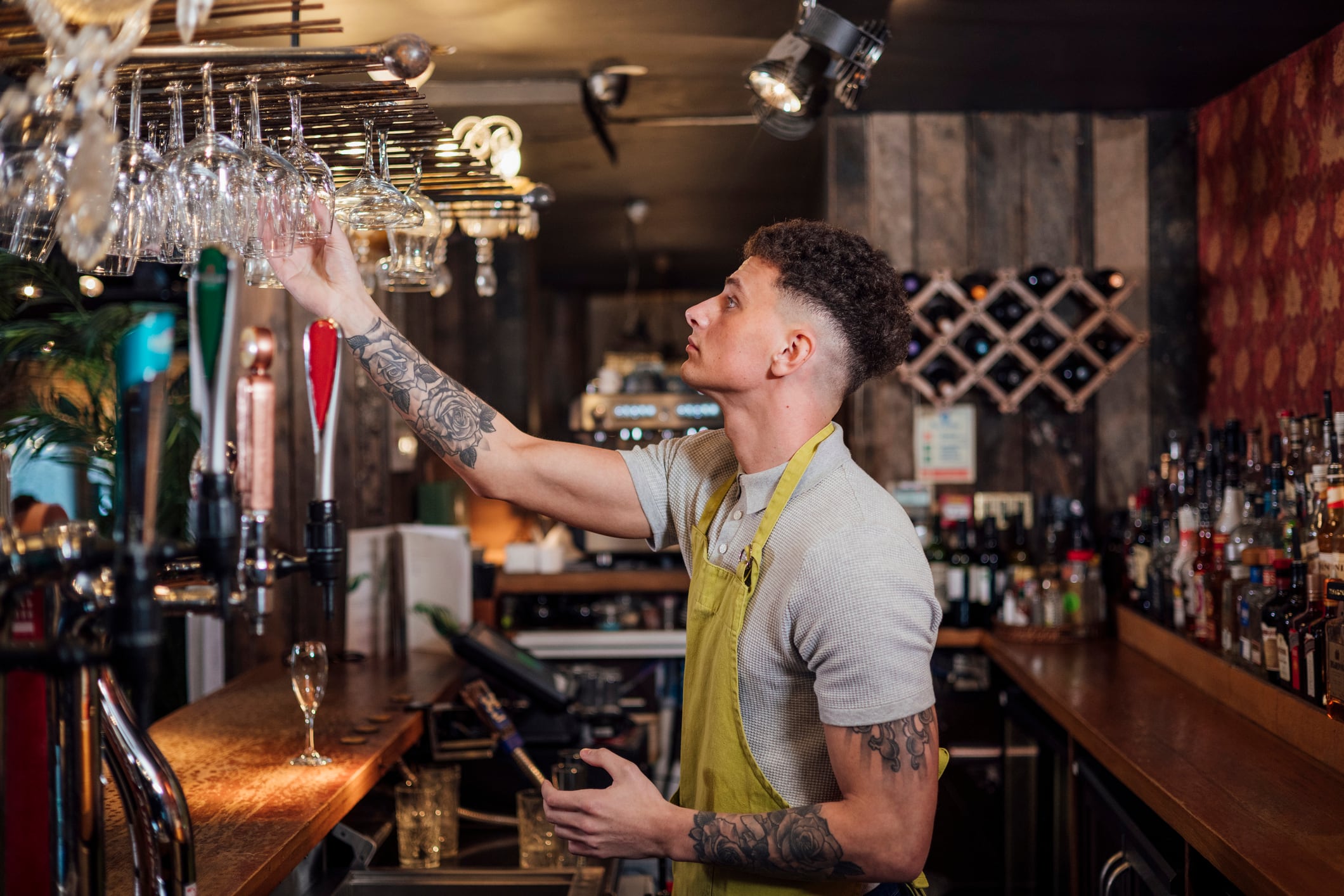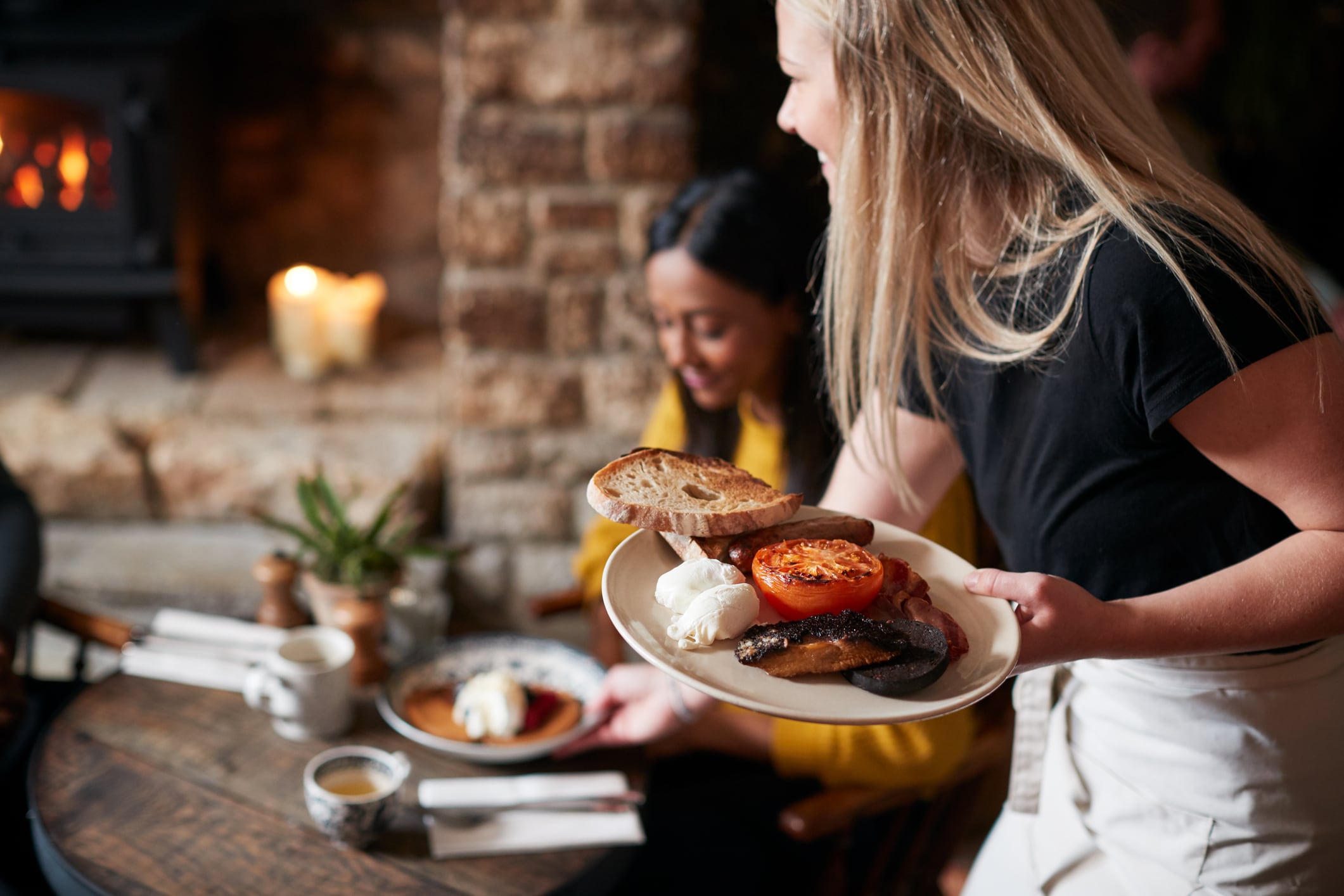The number of hospitality outlets in the UK dropped by 0.3% down to 99,691 between August and September, the latest snapshot data from Oxford Partnership revealed.
However, the figures, produced in collaboration with Vianet, showed those that remained open saw occupancy levels rise 1.3% and average dwell time reach 142 minutes.
Operating hours for hospitality firms was flat, with the average venue opening 64.6 hours per week, unchanged from last year.
Standout performers
Regionally, London, the East Midlands and the East of England all reported dwell time increases of more than 10%, signalling consumers are valuing hospitality occasions more, despite the overall estate having contracted
The report also indicated consumers spent more per head in venues last month. However, while spend per head increased 0.9% on drink and 1.6% on food, this continued to lag behind the Bank of England’s inflation forecast of 4% for the same period.
World Lager remained the best-performing lager category with growth of 3.3% over the past four weeks, followed by Premium Lager, up 0.5%.
Though stout was September’s standout performer, surging 8.8% month-on-month, reinforcing the appeal of trusted, heritage-led brands, Oxford Partnership said.
Incredible tenacity
It comes as transaction data from Barclaycard earlier this week showed consumers were still be causing with their spending as sales in pubs and bars dripped.
Ahead of the crucial Christmas period, Oxford Partnership CEO Alison Jordan said the sector was dependant on real-terms growth catching up with inflation, underpinned by Government measures to support reinvestment and job retention.
The CEO continued: “What we’re seeing now is a more measured, experience-led recovery. Consumers are going out less frequently, but when they do, they’re making it count, staying longer, trading up, and choosing quality over quantity.
“Operators have shown incredible tenacity, maintaining opening hours and service standards despite intense cost pressures. The coming Budget is a critical moment; stability on business rates and taxation could be the difference between steady progress and another wave of closures.”





